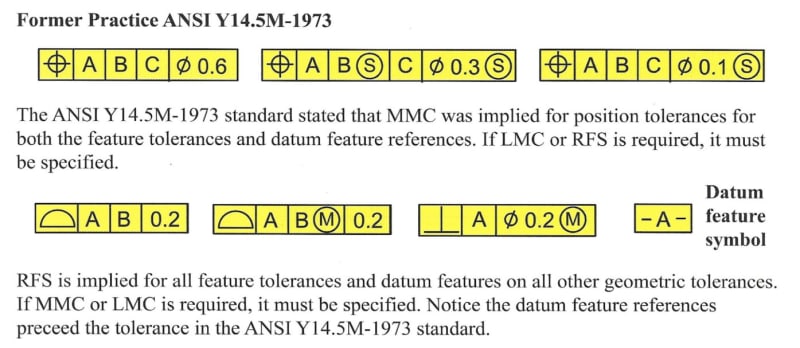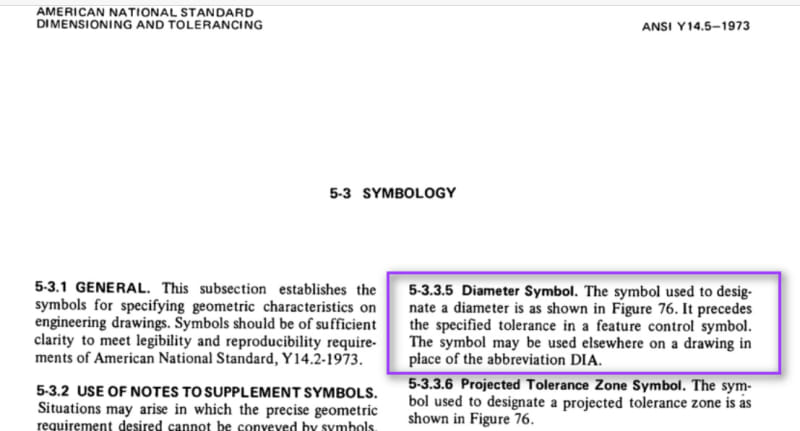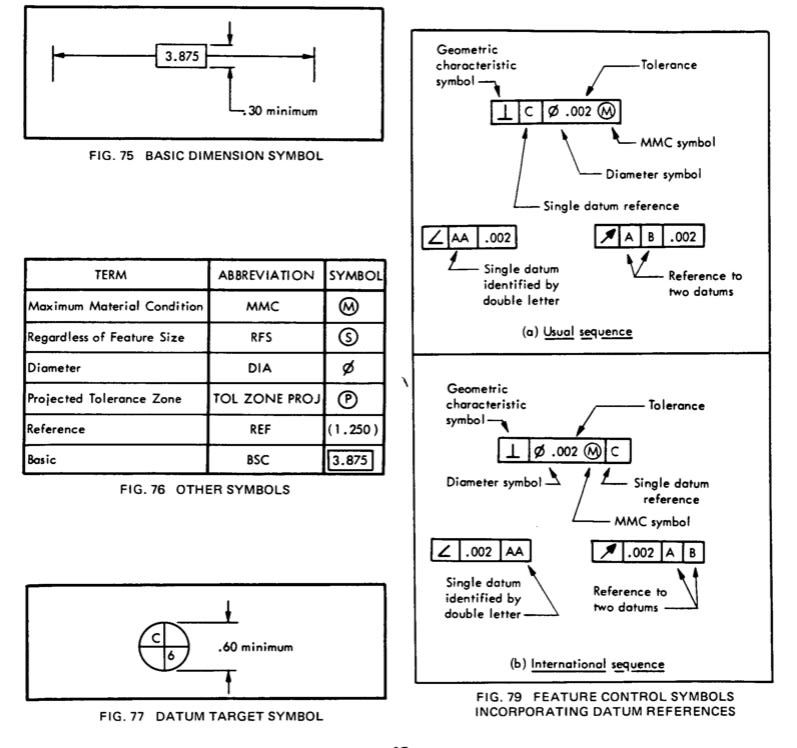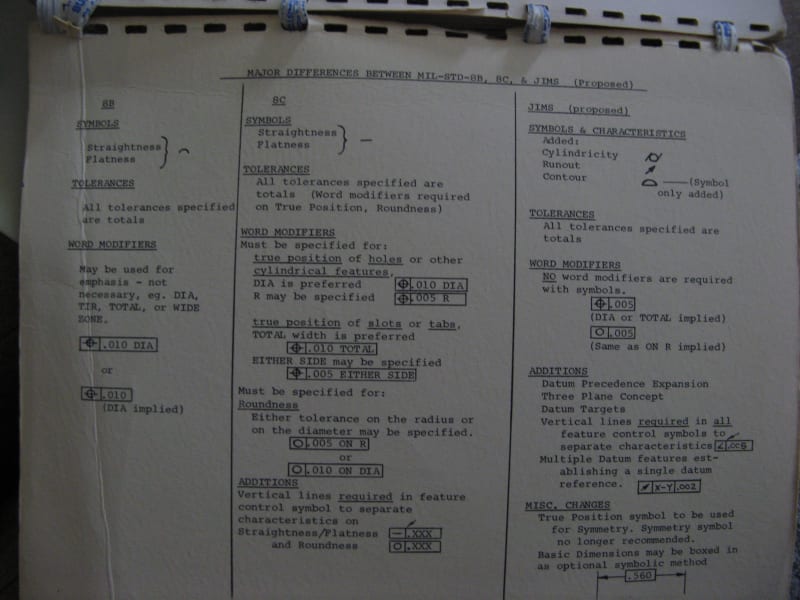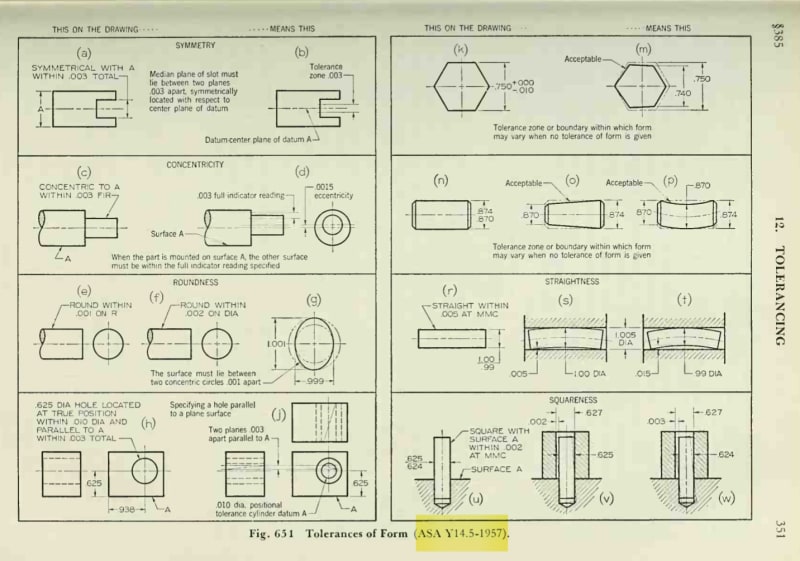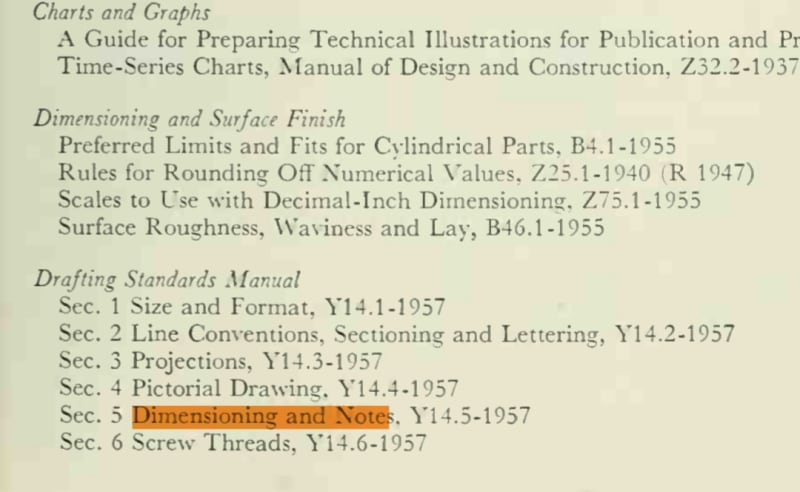FrancoisY
Mechanical
- Nov 10, 2023
- 34
Hello,
I was wondering what this symbol represents marked in yellow. can someone help me understand the correct terminology for it?
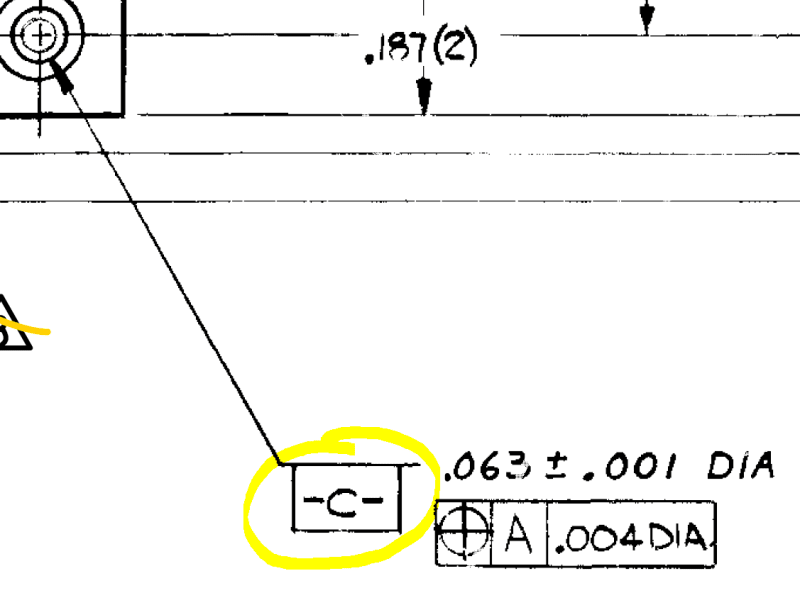
I was wondering what this symbol represents marked in yellow. can someone help me understand the correct terminology for it?


